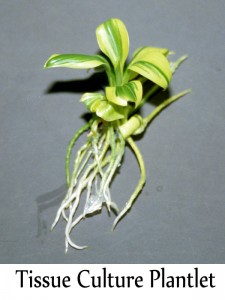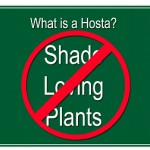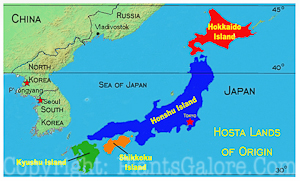 The genetic information about all types of living organisms is multiplying exponentially today. It is growing in terms of our understanding of hostas too. As a Hosta Rookie, it is probably a little early to clog your mind with too much of this stuff. So, here are a few of the basics that will get you off to a good start. How much deeper you want to go into the science of genetics is up to you.
The genetic information about all types of living organisms is multiplying exponentially today. It is growing in terms of our understanding of hostas too. As a Hosta Rookie, it is probably a little early to clog your mind with too much of this stuff. So, here are a few of the basics that will get you off to a good start. How much deeper you want to go into the science of genetics is up to you.
Hostas have 30 chromosomes in each of the male i.e. pollen, and female i.e. egg, parts. During the normal fertilization process 30 chromosomes come from the mother and 30 from the father for a total of 60. This is called a diploid or 2n plant which represents 2 sets of chromosomes that make up the genetic information in the resulting seeds and seedlings. Continue reading




